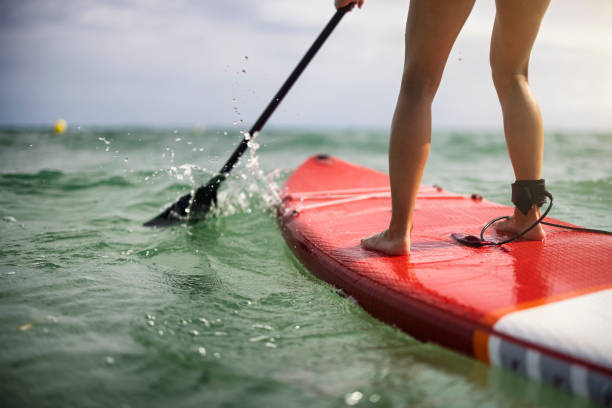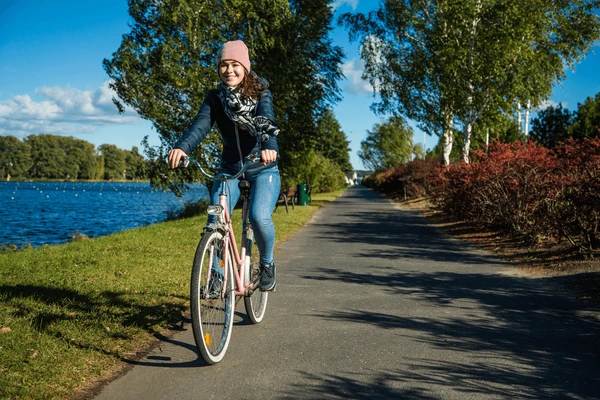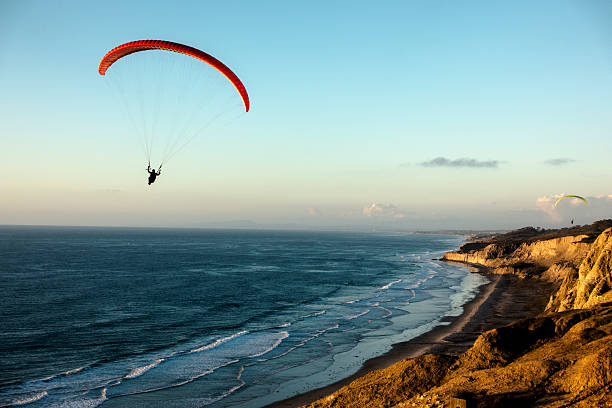Paddleboarding, a mix of relaxation and adventure, requires the right clothing and gear to ensure a safe, comfortable, and enjoyable experience. Whether you’re gliding over serene lakes, navigating ocean waves, or cruising down a river, what you wear can significantly impact your performance and safety. Here’s a detailed guide on the best attire and accessories to consider for different paddleboarding conditions.
1. Assessing Your Paddleboarding Environment
Before choosing what to wear, take into account the type of water, weather conditions, and the season:
- Calm lakes: Generally warm and predictable, allowing for lighter clothing.
- Rivers: May require more robust attire due to changing currents and temperature.
- Ocean: Can be cooler with variable conditions, making layers essential.
Understanding your environment helps determine how much protection and insulation you’ll need.
2. Core Clothing Pieces for Paddleboarding
a. Wetsuits and Dry Suits
- Wetsuits: Ideal for cooler waters, wetsuits provide insulation and keep you warm by trapping a thin layer of water against your skin. They come in various thicknesses (e.g., 2mm, 3/2mm, 5mm) to suit different temperatures. A full-length wetsuit is best for colder conditions, while short-sleeved or sleeveless suits work for warmer climates.
- Dry Suits: For colder or rougher waters, a dry suit offers full waterproof protection, allowing you to stay dry even if you fall in. It’s often paired with moisture-wicking layers underneath for comfort and warmth.
b. Quick-Drying Swimwear
For warm weather paddleboarding, opt for swimwear made from quick-drying materials. Choose a snug fit to prevent fabric from shifting or bunching during activity. Rash guards or swim shirts offer added protection from sun exposure and abrasions.
c. Board Shorts and Leggings
- Board Shorts: Lightweight and made to dry quickly, these are great for warmer days when you don’t need full insulation.
- Leggings: Paddleboarding leggings are flexible and offer UV protection. Neoprene leggings add warmth for cooler days, while lightweight ones suit sunnier conditions.
3. Layering for Different Conditions
a. Warm Weather
In hot climates, wear breathable clothing that protects against the sun. Rash guards, moisture-wicking tank tops, and board shorts provide coverage and comfort. Always choose fabrics with UPF ratings to shield your skin from harmful UV rays.
b. Cool Weather
Layering is key when paddleboarding in cooler temperatures. Start with a base layer of moisture-wicking fabric to keep sweat off your skin. Add an insulating layer like a thin fleece and finish with a waterproof outer layer if needed.
4. Essential Footwear for Paddleboarding
Barefoot paddleboarding is popular for better board feel, but certain situations call for shoes:
- Water Shoes: These provide grip and protect against sharp objects or hot surfaces. Opt for non-slip soles that dry quickly.
- Neoprene Booties: Great for cold water, neoprene booties insulate your feet and prevent heat loss. Choose options with a thin sole for flexibility and board feel.
5. Accessories for Comfort and Safety
a. Personal Flotation Device (PFD)
Safety comes first, so a PFD is essential, especially in deeper waters. Choose a lightweight, low-profile PFD that doesn’t restrict movement.
b. Sun Protection
- Hat: A wide-brimmed hat or cap helps shield your face from the sun. Make sure it fits snugly or has a chin strap.
- Sunglasses: Polarized sunglasses reduce glare from the water and provide eye protection. Attach a retainer strap to prevent them from falling in.
- Sunscreen: Always apply waterproof, broad-spectrum sunscreen, even on overcast days, to protect your skin from UV rays.
c. Waterproof Gear
Bring a waterproof phone case and a dry bag for essential items like snacks, a small first aid kit, and your phone.
6. What to Avoid Wearing
Certain materials and clothing items are not suitable for paddleboarding:
- Cotton: It absorbs water, becomes heavy, and takes a long time to dry.
- Loose clothing: Items like baggy T-shirts or oversized shorts can create drag and restrict movement if you fall in the water.
7. Adapting Your Outfit for Different Paddleboarding Activities
- Casual Paddling: A combination of quick-drying swimwear and board shorts is ideal.
- Yoga Paddleboarding: Choose flexible, moisture-wicking athletic wear that provides comfort and mobility.
- Long-Distance Paddling: Opt for layered clothing that can adapt to temperature changes and protect against the sun.
8. Final Tips for Paddleboarding Wear
- Test Your Gear: Before heading out for a long session, try your clothing to ensure comfort and mobility.
- Plan for Emergencies: Always have a change of clothes ready in your car or a nearby safe spot.
- Stay Visible: If you’re paddleboarding in areas with boat traffic, wear bright clothing or attach reflective gear to stay noticeable.


